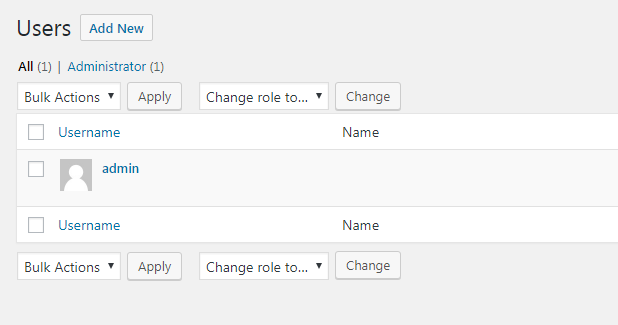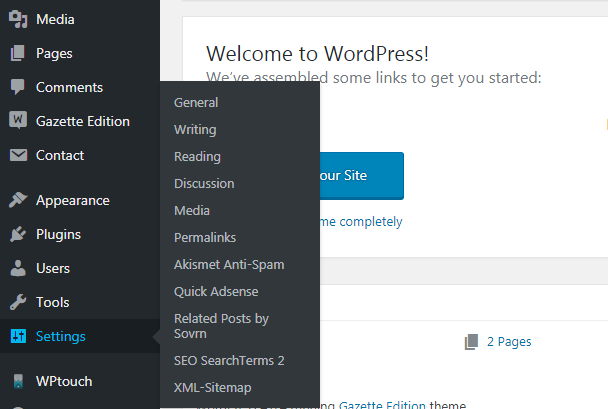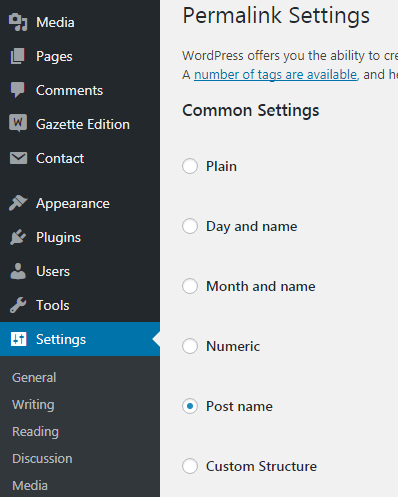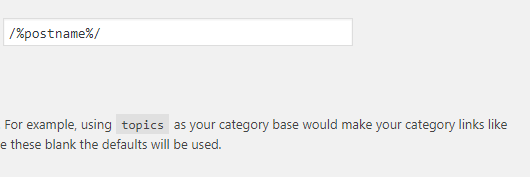SEO Tips for a Self-Hosted Wordpress Blog: Permalinks
Looking to increase the traffic to your self-hosted Wordpress site? Follow these tips to achieve the best results.
Web traffic gets to your site generally in one of two ways: search engine results or back-links (links to your website from related websites).
You can also get direct traffic, meaning your customer typed in your website's URL manually and your site appeared in your browser, but unless you have a simple, easy-to-remember domain name and are heavily advertising it through conventional media, most of your traffic will come from search engines or back-links.
That being said, the easiest way to increase your website's traffic is to make sure it is optimized for search engine ranking.
You would be shocked at the number of websites that place low in search engine results because their page is just so flashy and filled with graphics that the search engine spiders can't glean any useful information about them.
Organize your URLs with Permalinks
Search engines like clean URLs with targeted keywords that also reflect in the content of the webpage. If the URL of a webpage is:
http://www.example.com/raising-rabbits-for-profit/
And the content of the page seems relevant to that description by matching it to keywords in the body of the page, the site will generally rank high for the keywords "raising rabbits for profit."
If that same URL pointed to a webpage about selling electric guitars, it generally would rank low for both electric guitars and raising rabbits. Search engines would, probably safely, assume you were trying to trick them into ranking your site for multiple, unrelated keywords.
The default scheme for Wordpress URLs is:
http://www.example.com/?p=123
Based on what we just learned, does this look right to you? Maybe, if you were trying to rank for the keyword "123."
The way to fix this is to change the way Wordpress handles URLs -- they are called Permalinks in Wordpress.
1- The first thing you must do is log in to your Wordpress site using an administrator account. The default administrator account is named "admin" and should have been created when you set up your Wordpress site.

2- Click on the Settings menu -- this is where the bulk of technical changes to the way your Wordpress site operates are stored.

3- Click on the Permalinks menu item to bring up the Permalink Settings page.

4- There are five options for Wordpress permalinks: Default, Day and Name, Month and Name, Numeric, and Custom Structure.
As we've already seen, Default doesn't fit the bill for making easy-to-read keywords so we can rule that setting out. Day and Name, Month and Name, and Numeric all add numbers scattered through-out the URLs. Search engines like clean URLs so they, too, are out.
That leaves us with Custom Structure.
Ideally, we want our URLs to only include the relevant keywords from the title of our blog posts. Thankfully, Wordpress includes a number of pre-made tags to help us to do this.
The tag we want to use is called %postname% and Wordpress will replace this tag for the title of each individual blog post.
Change the Custom Structure field to look like this:
/%postname%/
And click the 'Save Changes' button.

From now on, when you create a new blog post, the post will take on the format of:
http://www.example.com/blog-post-title/
Which will help tremendously in driving targeted traffic to your website based on keyword's that you control in your post title.
Posted on Utopian.io - Rewarding Open Source Contributors
follow me back please
Thank you for the contribution. It has been approved.
You can contact us on Discord.
[utopian-moderator]
Hey @cues I am @utopian-io. I have just upvoted you!
Achievements
Suggestions
Get Noticed!
Community-Driven Witness!
I am the first and only Steem Community-Driven Witness. Participate on Discord. Lets GROW TOGETHER!
Up-vote this comment to grow my power and help Open Source contributions like this one. Want to chat? Join me on Discord https://discord.gg/Pc8HG9x